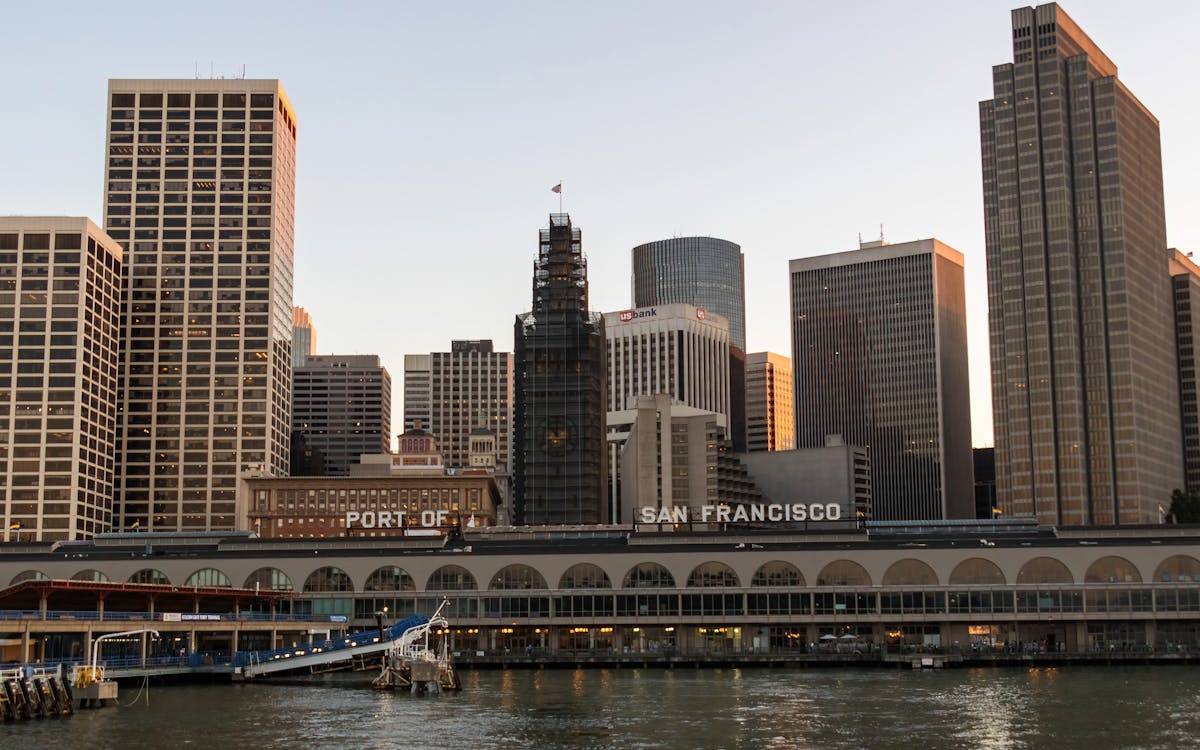Turning the Tide: Community Action in Bay Recovery
Turning the Tide: Community Action in Bay Recovery
Blog Article

Why Restoration Matters More Than Ever in the Bay Area
Over the last couple of years, the San Francisco Bay has weathered the influence of urban development, industrial growth, and climate modification. As soon as teeming with wildlife and rich marshes, many of the bay's natural ecosystems have been fragmented or weakened. Yet in the middle of these challenges, something impressive is happening: regional homeowners, volunteers, and grassroots campaigns are leading a wave of ecological reconstruction that's bringing new life back to the Bay.
Remediation isn't almost growing trees or tidying up trash, though those efforts are very important. It's concerning restoring the structures of life, from marsh yards that sustain fish baby rooms to shoreline buffers that defend against flooding. And in this area, the power of neighborhood involvement is transforming the tide very realistically.
From Marshland to Miracle: The Return of Native Habitats
Among one of the most visible adjustments occurring in the Bay Area is the re-emergence of native environments. Wetlands that were as soon as drained or led over are being rehydrated and replanted. Yards and shrubs aboriginal to the area are being grown by neighborhood groups, who frequently rely upon local volunteers to aid expand seedlings and handle regulated planting events.
These indigenous plants do greater than add plant to the landscape. They provide sanctuary to migratory birds, pollinators, and tiny mammals, creating pockets of biodiversity amidst busy metropolitan zones. As these environments increase, so does the ecological health of the Bay itself. When local homeowners take time out of their weekend breaks to obtain their hands in the dirt, they're not simply planting-- they're participating in the restoration of a living, breathing ecological community.
The Role of Education in Fostering Environmental Stewards
Education plays an important part in why these community-led initiatives are working so well. Schools, area facilities, and not-for-profit groups are organizing hands-on knowing experiences where individuals of any ages can understand the scientific research and value of repair. These programs usually bring people one-on-one with concerns like erosion, air pollution, and water level increase-- topics that can feel abstract until they're seen up close.
When somebody sees the delicate balance of a tidewater or discovers how a single plant varieties can filter toxic substances from the water, the worth of that knowledge becomes individual. And with that said understanding comes the inspiration to act. Bring back ecological communities comes to be much less of a task and even more of an objective. This deep connection to regional areas is what sets the Bay Area apart and gas the long-term success of these efforts.
Harnessing the Digital World to Drive Real-World Change
Surprisingly, the push to heal the Bay's ecosystems isn't taking place in isolation from the digital world. Technology is becoming an effective tool in rallying support, spreading awareness, and connecting communities. Whether with resident science applications that track indigenous species or area forums organizing repair occasions, the on-line space is matching boots-on-the-ground action.
In the last few years, also neighborhood outreach strategies have developed. For instance, a social media marketing agency in the Bay Area could sustain ecological campaigns by assisting volunteers enhance their impact, inform their tales, and influence others to get included. These digital touchpoints have the power to transform a tiny weekend cleanup right into a regional movement merely by letting people know it's happening-- and that it matters.
Email Campaigns That Inspire and Inform Local Change-Makers
An additional electronic method making a tangible distinction is email communication. Updates concerning from this source repair events, seasonal growing efforts, and donation drives are often shared via very carefully crafted newsletters that strike a balance between being insightful and motivating. It's not unusual for a well-timed campaign from an email marketing agency in San Francisco to bring a rush of volunteers or contributions to a project in need.
These e-mail campaigns aren't just transactional-- they're transformative. By enlightening subscribers about the straight effect their involvement has, they support long-lasting engagement. Readers pertain to feel like stakeholders in the health of their region, and that psychological link equates to lasting dedication.
The Unseen Work of Connecting Data, Communities, and Nature
Behind every successful repair project lies a complex web of sychronisation. There's study to understand what environments require most, neighborhood responses to shape inclusive plans, and follow-up monitoring to make sure success. This type of recurring effort typically requires not simply heart, but data, strategy, and communication.
That's where the support of a digital marketing company in the Bay Area can make a quiet yet crucial difference. By aiding organizations build solid digital systems, collect understandings, and refine their messaging, these groups make it possible for neighborhood groups to scale their influence. The outcome is a more connected and efficient activity, where every action counts, and every person seems like they're part of something larger.
The Power of People in Preserving the Bay's Future
If there's one thing the Bay Area has actually shown, it's that restoration doesn't need to start with huge institutions or massive spending plans. It can begin with one next-door neighbor pulling weeds from a route, one student planting an indigenous seedling, or one family appearing to a coastline cleaning. These tiny actions accumulate, specifically when they're supported by wise approaches and shared with the wider neighborhood.
There's something uniquely confident concerning seeing the tides turn-- both figuratively and essentially-- for nature. The Bay is far from fully brought back, but it's being restored day by day through the perseverance and treatment of those who call this place home. With each marsh rebuilt and each indigenous varieties protected, we're not simply bring back ecological communities-- we're envisioning what's feasible when areas lead with purpose.
Keep following this blog for more stories on neighborhood adjustment, community impact, and the methods you can be part of securing the all-natural appeal that surrounds us.
Report this page